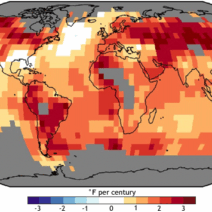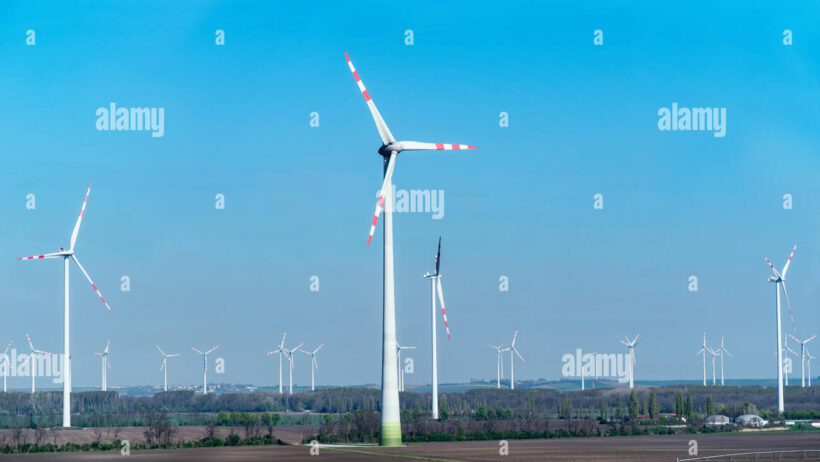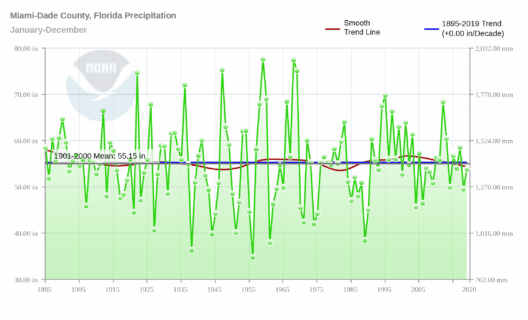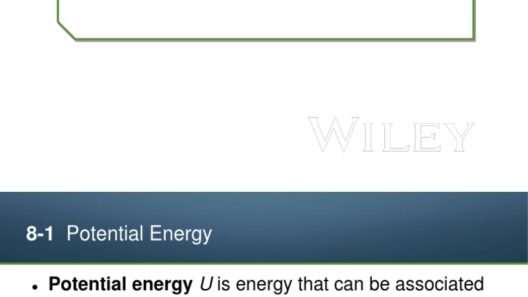Windmills, or wind turbines as they’re more commonly called today, are the stewards of our atmospheric potential, transforming the capriciousness of wind into a palpable energy that fuels our modern lives. Like celestial dancers, these structures rise against the backdrop of vast horizons, harnessing nature’s breath in a symbiotic relationship. Their operation is not merely a technical marvel but an eloquent testament to humanity’s ongoing quest for sustainability and energy conservation.
At their core, windmills convert kinetic energy from wind into mechanical power. When wind flows over the blades of a turbine, it generates lift, causing these blades to turn. This rotational motion is then used to drive a generator, creating electricity. In essence, these structures act as conduits between the ethereal whims of nature and the grounded reality of energy consumption. As our planet faces an impending energy crisis, the significance of harnessing wind energy cannot be overstated.
Wind energy serves as a formidable adversary to fossil fuels, which have long dominated the energy landscape. The extraction and combustion of fossil fuels generate extensive carbon emissions, contributing significantly to global warming. Windmills, in contrast, operate with a remarkable clean slate. Once constructed, they produce energy without releasing greenhouse gases or other contaminants into the atmosphere. Their capacity for renewable energy generation directly correlates with energy conservation, as this inexhaustible resource can be repeatedly utilized without depleting the Earth’s reserves.
As we delve deeper into the mechanics of wind energy, we discover its multifaceted benefits. Windmills can be deployed in various environments—coastal regions, rolling plains, and even offshore—adopting a versatile approach to energy generation. This adaptability not only minimizes geographical constraints but also fosters innovation in energy infrastructure. Investing in wind power mitigates reliance on non-renewable resources, promoting energy independence and resilience against price fluctuations tied to global oil markets.
In economic terms, wind energy development bolsters job creation and stimulates local economies. The construction, maintenance, and operation of wind farms generate hundreds of thousands of jobs, spanning a wide array of skills and professions. Local communities that embrace wind energy often experience a revitalization of their economic landscape, attracting investments and fostering partnerships between public and private entities. Moreover, the ongoing operational costs associated with wind turbines are comparatively low, yielding long-term savings that can be redirected towards further conservation efforts.
The societal implications of wind energy are equally significant. Windmills symbolize a collective commitment to combat climate change and preserve our planet for future generations. By embracing renewable energy, communities can establish a cultural ethos rooted in sustainability and respect for the environment. This philosophical shift reinforces a shared responsibility toward protecting Earth’s natural resources, aligning human activities with ecological integrity.
Moreover, the integration of wind energy into the broader energy grid enhances stability and reliability. As the demand for energy fluctuates, windmills can provide a stabilizing force, diversifying our energy sources and reducing the risk of overdependence on a single energy type. In an era where unpredictability reigns, harnessing the raw power of wind is a powerful countermeasure against the vicissitudes of energy supply constraints.
Nevertheless, the transition to wind energy does not come without challenges. The establishment of wind farms necessitates careful consideration of environmental and aesthetic factors. The placement of turbines must consider avian migration paths and the landscapes they inhabit. Additionally, local communities often grapple with the visual impact and noise generated by operating windmills. Addressing these concerns through community engagement and transparent communication is crucial in fostering public acceptance and support for wind projects.
Furthermore, technological advancements continue to propel the efficiency of wind energy generation forward. Innovative blade designs and smart grid technologies enhance the capacity to capture and distribute energy generated from wind. Offshore wind turbines, for instance, have the potential to harness stronger and more consistent winds, paving the way for even greater energy yields. As research and development efforts intensify, the future of wind energy appears promising, with the potential to become a cornerstone of global energy systems.
The allure of windmills transcends their functional grandeur; they captivate the imagination. Their towering silhouettes symbolize scientific innovation and a harmonious marriage between technology and nature. Like ancient wind spirits, they stand resolute against the elements, channeling the invisible forces of the atmosphere into life-sustaining power. This poetic synthesis is a source of inspiration for many, urging a deeper connection to the natural world and an appreciation for the resources it offers in stewardship of sustainable practices.
Harnessing nature’s power through windmills serves as a clarion call for energy conservation, demanding our attention and action. In the face of daunting environmental challenges, these mighty structures offer a beacon of hope, beckoning us to embrace a future defined by renewable energy. As society grapples with the implications of climate change, the investment in wind energy is not just an obligation; it is an opportunity to rewrite the narrative of our relationship with the planet. By capitalizing on the inexhaustible winds and championing innovative solutions, we can chart a sustainable course, ensuring that our energy landscape flourishes for generations to come.







